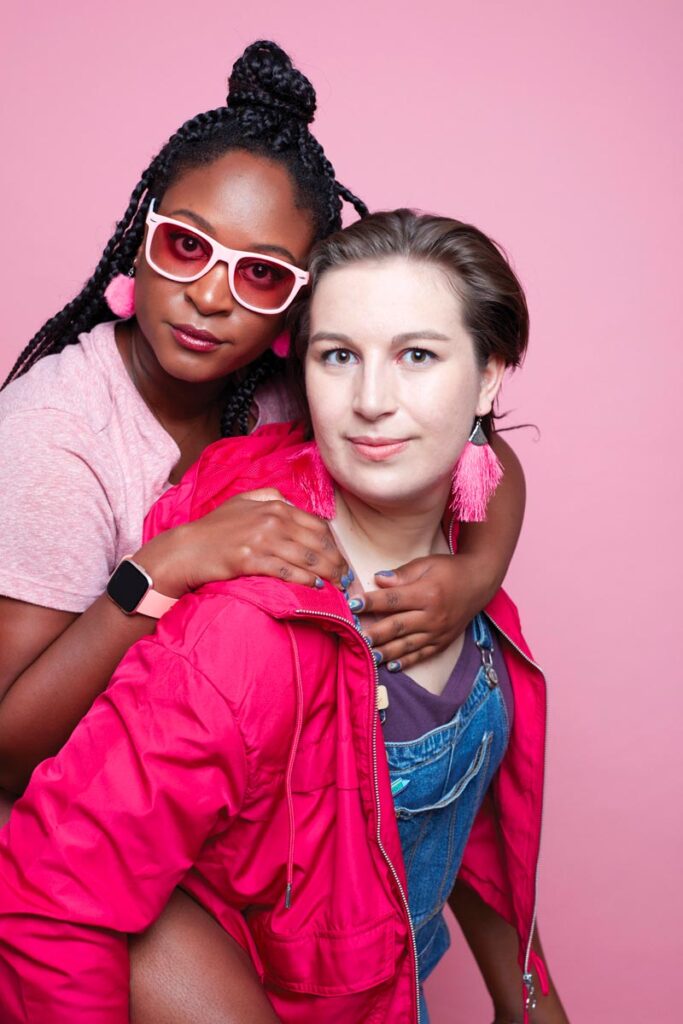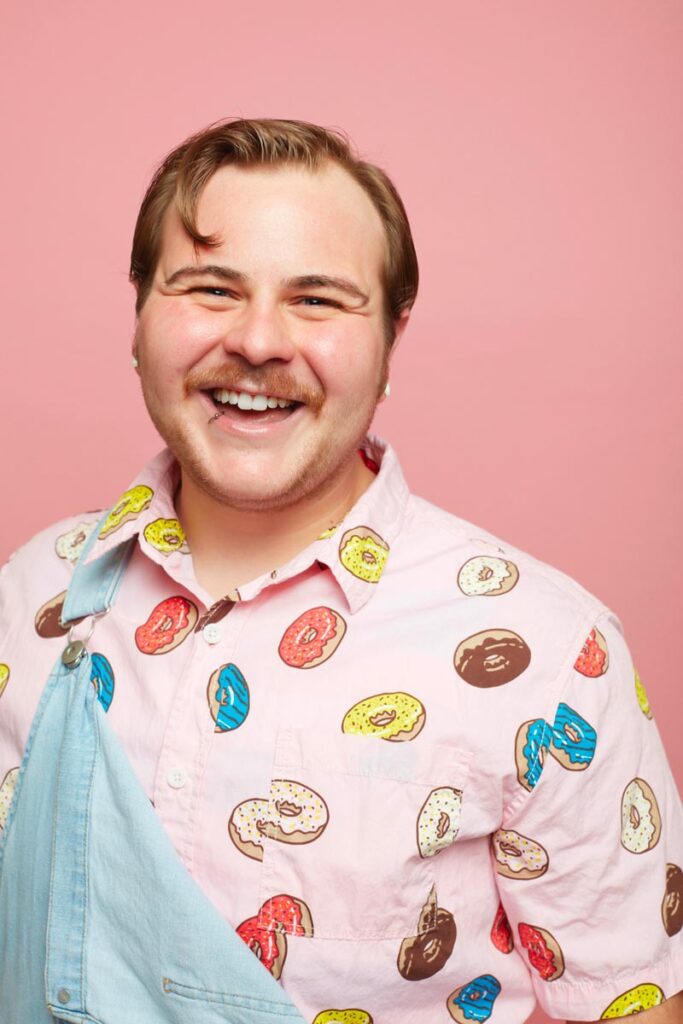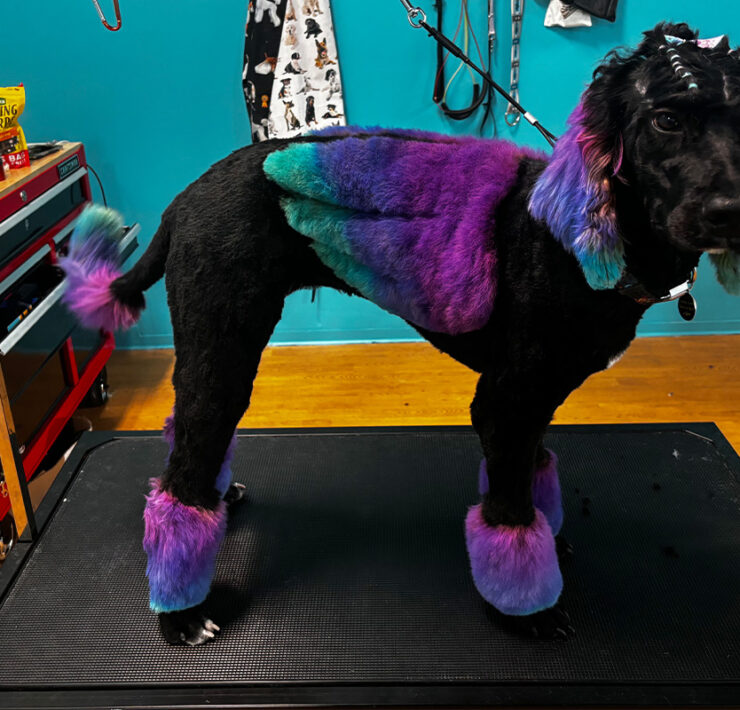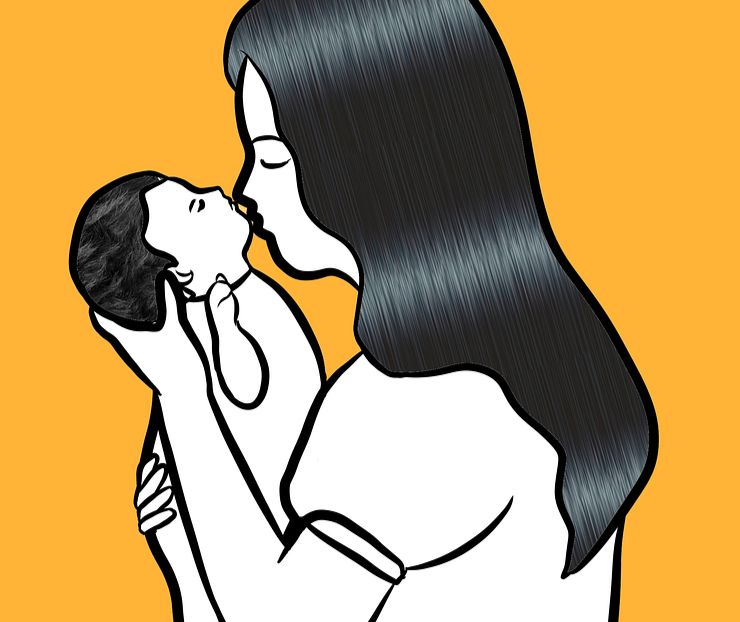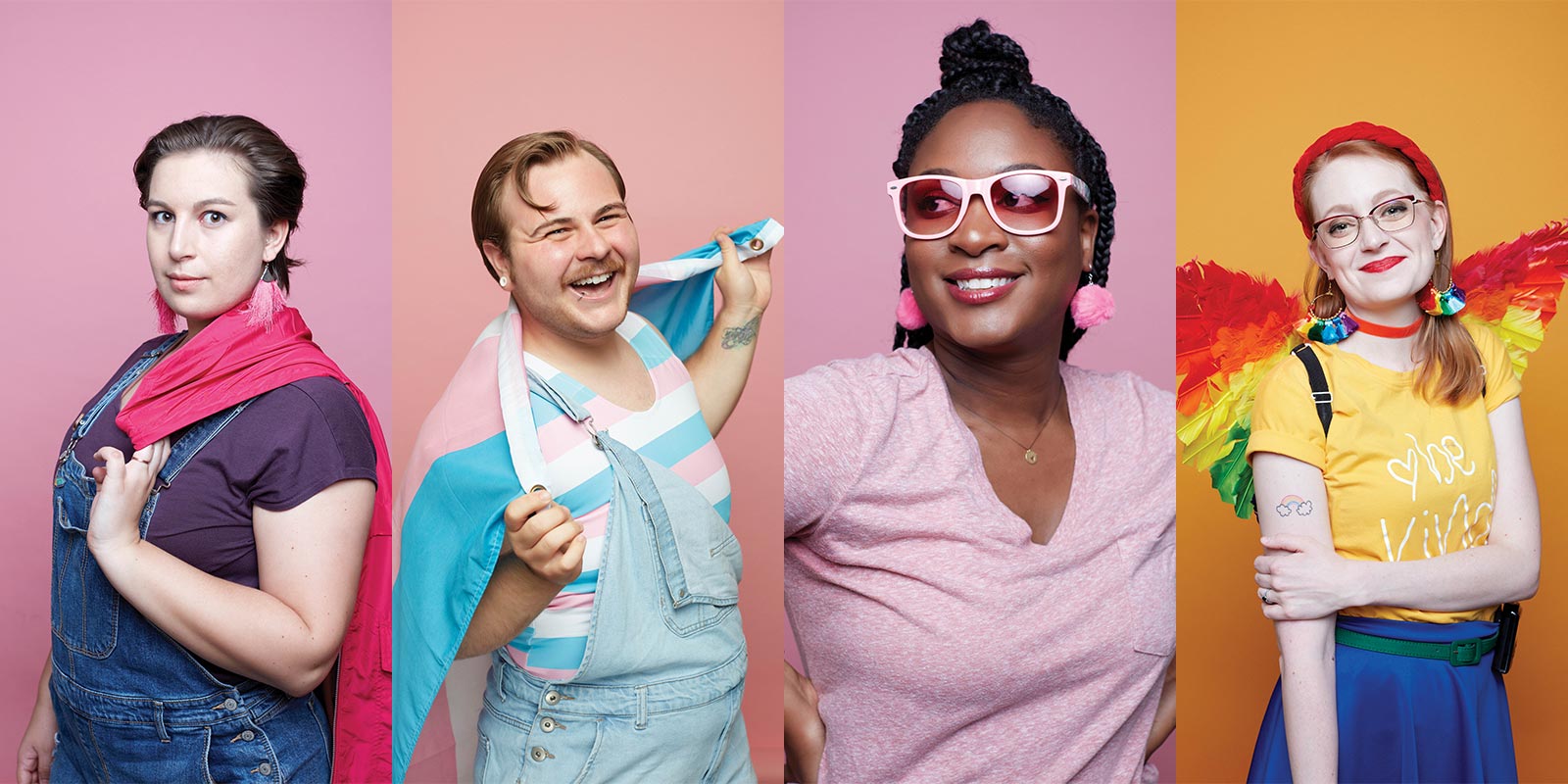
What the various Pride flags mean to members of the LGBTQ+ community.
Pride is about the celebration of all the beautiful identities in the LGBTQ+ community, which is accompanied by an array of various expressions. We all know the iconic rainbow Pride flag that represents the gay communities around the world, but Pride flags go beyond this rainbow-striped symbol. Each sector of the LGBTQ+ community is represented by their own flag — from asexual to transgender to genderqueer and non-binary — and while Pride flags are inclusive to all members of the LGBTQ+ community, they all mean something different to those in each represented community.
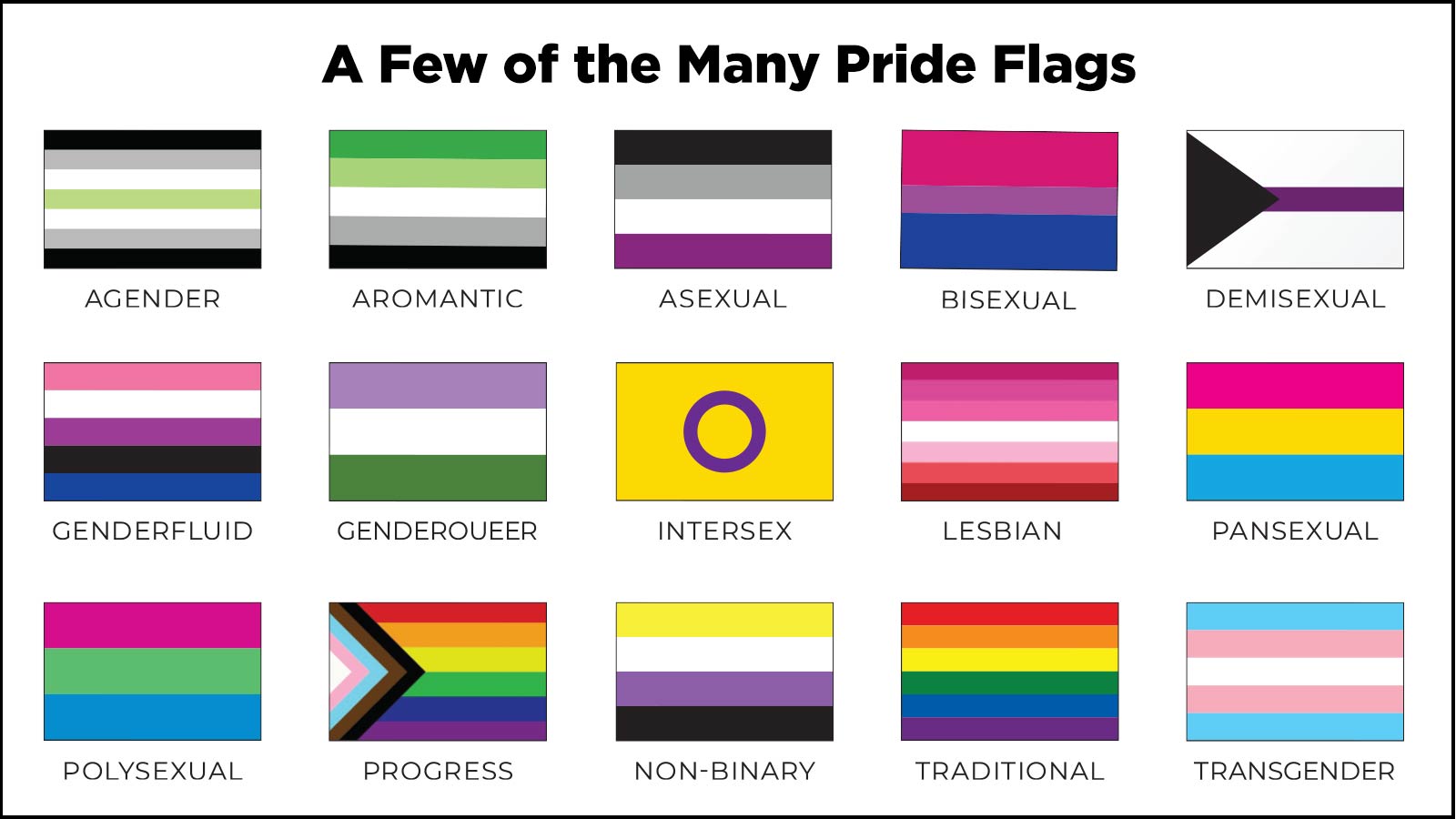
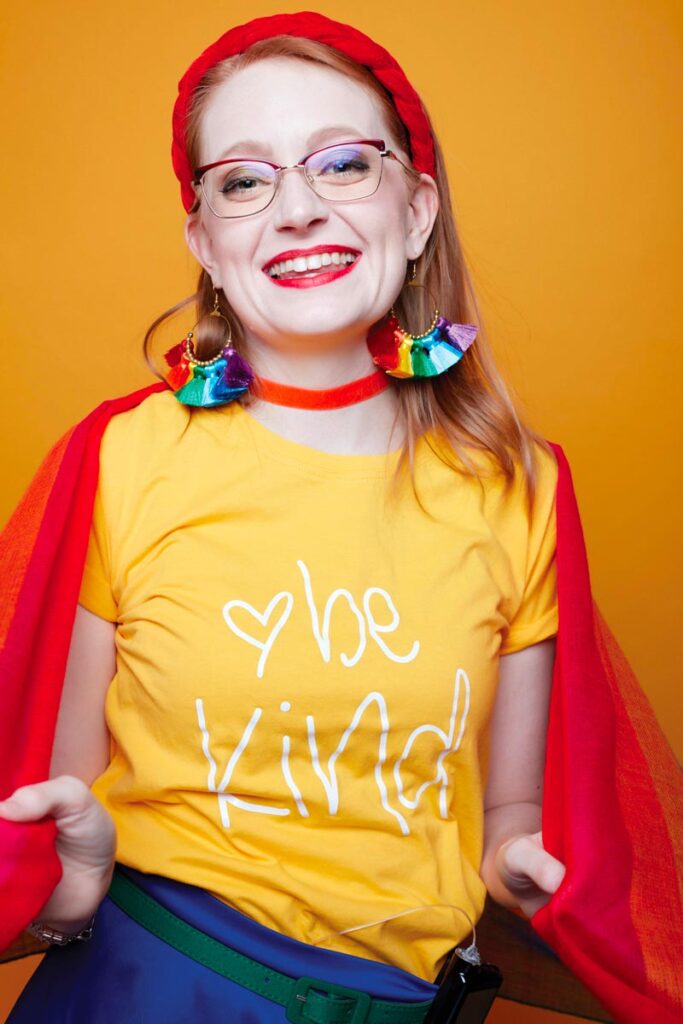
Vera Elwood
Librarian at Central Methodist University
Queer
“For me, placing my mini Pride flags above my desk signaled not only my own sexuality (although a lot of my teens just assumed I was a really good ally), but also that I am a safe person to talk to. I had multiple teens tell me they only decided to trust me once they saw the flags above my desk. While I love my Pride flags as a way to be proud of my own identity, I use them far more frequently to signal a ‘safe haven’ of acceptance.”
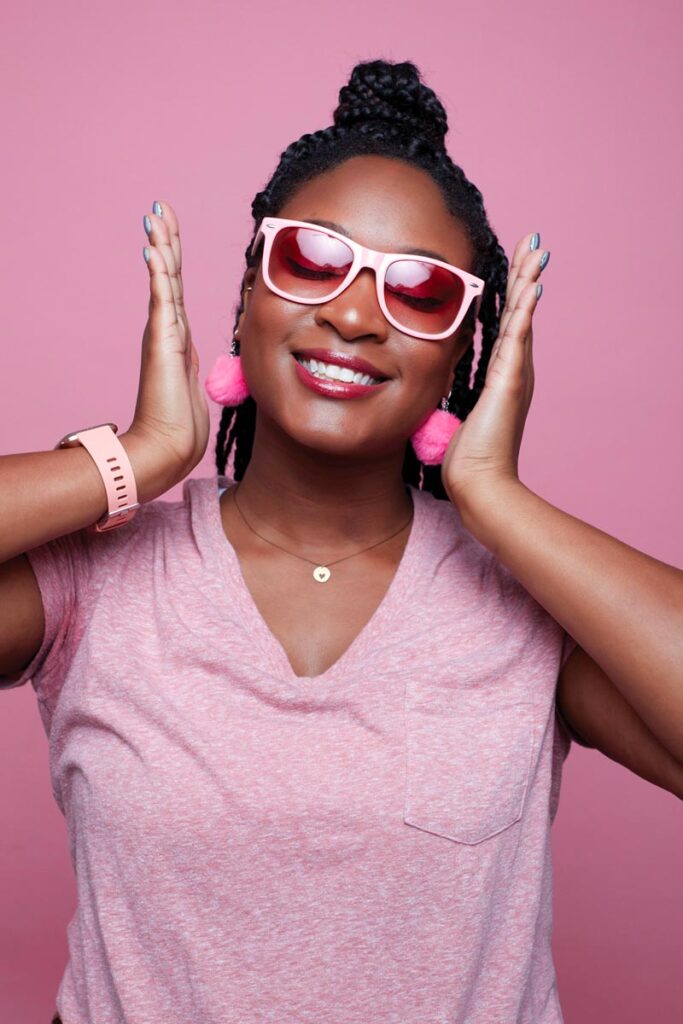
Selena Martin
Artist
Lesbian
“It was not so much as a flag that helped me, but the sitcoms and comedians that helped me. I feel like the kids are going to be just fine. I am really happy to see things on social media where there are younger people who are lesbians. They know who they are, and don’t have a complex about it because they can see it on other media that is not obscure.”
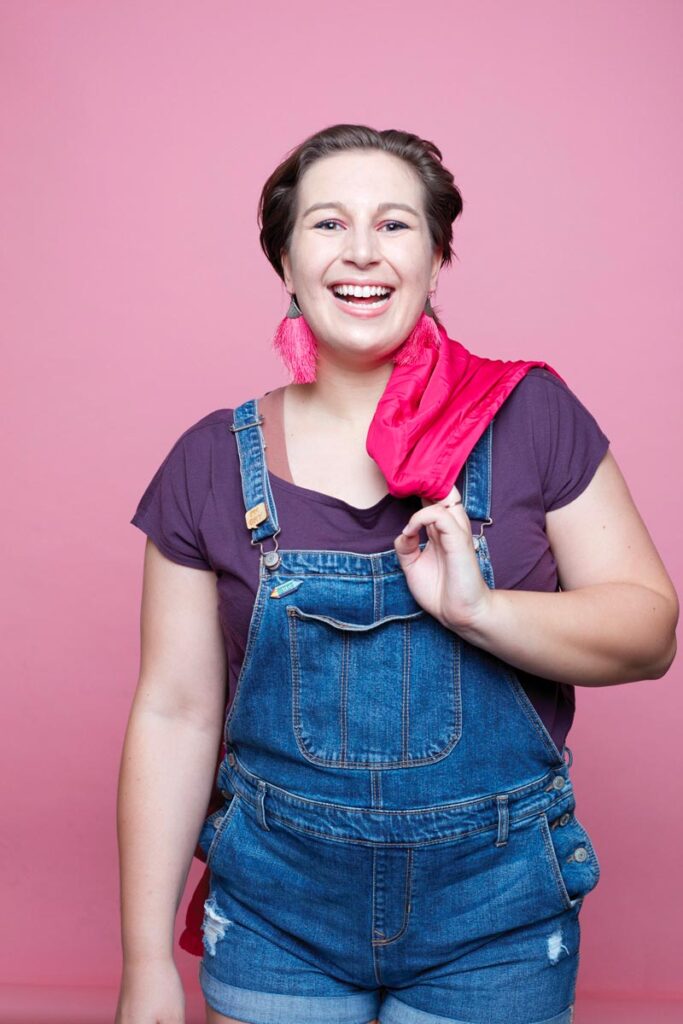
Meagan Nolte
Senior Publication Strategist at Influence & Co.
Bisexual
“I grew up not knowing what bisexual is. Having a flag I relate to and being able to see other people with it is a warm feeling. It’s like a found-family when you see someone with the same flag as you. I think of Pride as an appreciation and celebration of the people before us, until now.”
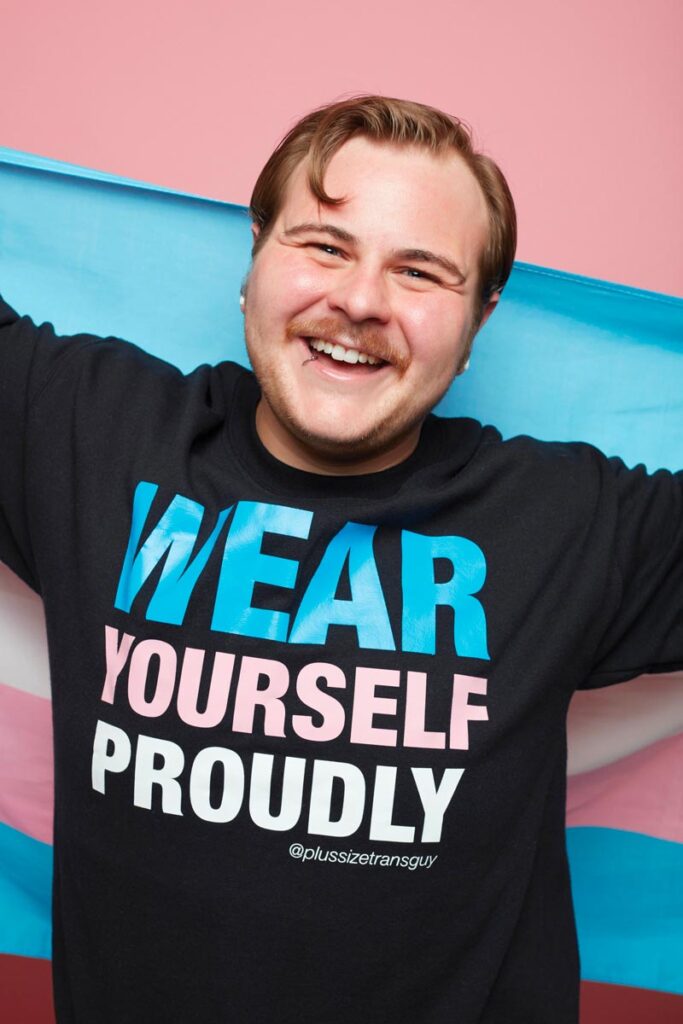
Shane Stinson
Instagram Influencer
Transgender
“I think the flag is so important because it allows you to show pride in something about yourself. It allows you to signal to others to say, ‘This is who I am,’ and it allows you to build community with others. There is an homage to the trans flag [on the Pride flag], but people try to lump all of these identities together, and that is not the case. It has been critical for me to say, ‘Yes I am included in this rainbow of identities, but I love being able to grab onto something that is mine.’”
